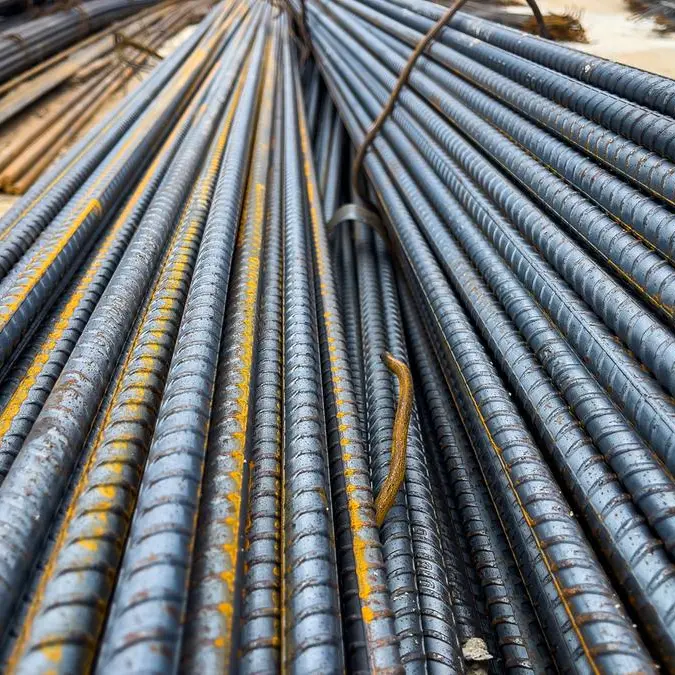PHOTO
The country's investment climate will likely regain its momentum once policy rates here and abroad start to normalize in the second half of the year, coupled with economic reforms meant to attract foreign capital.
In a briefing on Tuesday, Standard Chartered Bank Asia economist Jonathan Koh said tight monetary conditions would remain a challenge for investments to come into the Philippines.
This as the still elevated interest rate environment globally continues with policy easing only expected by the middle of this year.
'FDIs (foreign direct investments) are down not just in the Philippines but everywhere in the region,' Koh said.
'Once you see interest rates are lower globally and in the Philippines, that should help in the return of investment and be a little more supportive,' he said.
Since the pandemic, the investment climate in the Philippines has been gloomy and was further exacerbated by the consecutive monetary policy tightening of central banks around the world in a bid to arrest inflation.
Such is evident in the slower loan growth and the decline in FDIs.
The economist noted that the recent move by the government to amend the Build-Operate-Transfer Law for public-private partnership projects, as well as the Foreign Investment Act that allows foreign entities to own up to 100 percent of certain sectors would complement policy easing by the Bangko Sentral ng Pilipinas (BSP).
'We have not really seen the positive effects of those [measures] because interest rates are high. Once interest rates come down, we can see some positive effects going in,' Koh said.
'But of course it will still depend on how fast banks pass through the interest rate cuts as well,' he said.
As such, the economist noted that investments would only start to really come in once the BSP starts the normalization route by cutting rates.
Standard Chartered has penciled in a total of 100-basis-point rate cut by the BSP this year, with the first one likely in June, also in line with the market consensus.
The BSP is expected to follow suit after the US Federal Reserve is projected to slash rates by 25 basis points in May.
Further, Standard Chartered is looking at a six percent gross domestic product (GDP) growth for the Philippines this year, up from last year's 5.6 percent but below the 6.5 to 7.5 percent target of the government.
Nonetheless, such an economic expansion remains to be among the fastest in Southeast Asia.
Koh said inflation risks would weigh down on consumer spending even as the bank slashed its inflation projection for this year to 3.5 percent from 3.8 percent previously.
'Inflation is seen picking up in the second quarter, although a lot of that is driven by positive base effects,' Koh said.
'So it will go above four percent in the second quarter, but will fall below four percent in the third quarter and probably remain sustainably below that for the rest of the year,' he said.
On the upside, Koh said tailwinds include the strong labor market, continued tourism recovery, higher government budget for capital outlays, and the bottoming of exports that could all support growth to some extent.
Meanwhile, Standard Chartered South and Southeast Asia chief economist Edward Lee said global GDP will slow to 2.9 percent this year from 3.1 percent in 2023 as major economies US and China will likely record weak growth.
Other risks include volatile commodity prices, and geopolitical tensions particularly if the Middle East conflict worsens that would impact oil and freight costs.
However, Lee said inflation is a positive development given that it is more manageable with central banks being able to keep the headline rates stable.
'Southeast Asia is a bright spot in this lackluster world. It's a growing market, it's getting richer, still very cost competitive, and of course we provide a neutral ground between the US and China,' Lee said
Copyright © 2022 PhilSTAR Daily, Inc Provided by SyndiGate Media Inc. (Syndigate.info).












